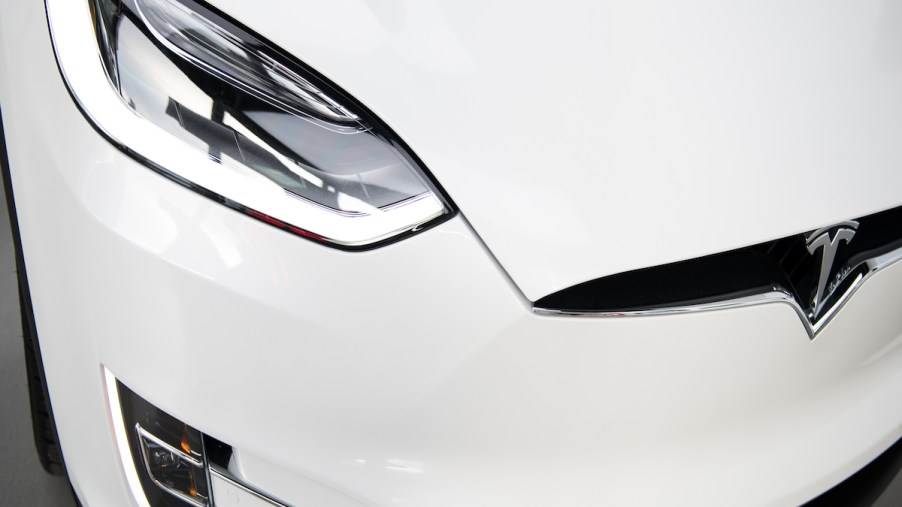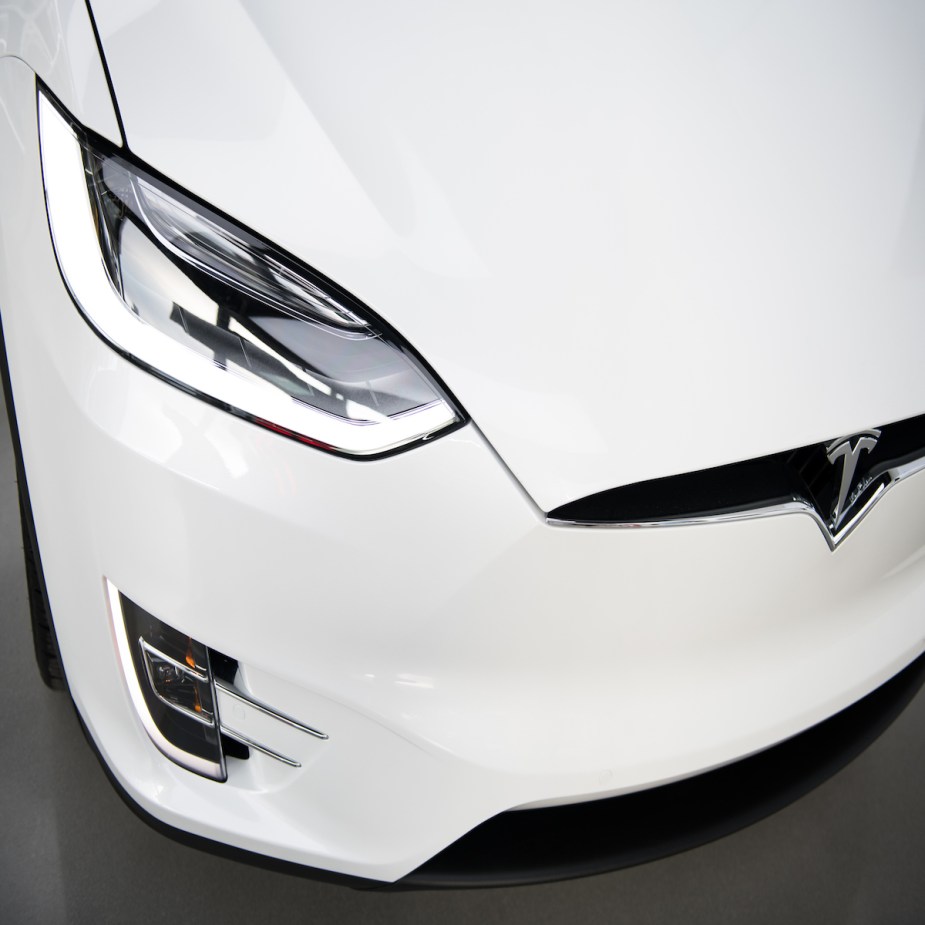
How Does Using Turn Signals Affect an EV’s Driving Range?
As more car manufacturers switch to predominantly electric lineups, the focus is on the costs and day-to-day realities of driving an electric vehicle (EV.) While the most apparent electrical consumption in an EV is the road or highway driving, all the accessories and functions contribute to the energy used.
Everything within your vehicle requires energy to function, from the radio to the heating and air conditioning. That said, different features use different amounts of energy. Even seemingly small parts in an EV use power. This leads one to question, how much electricity does an EV’s turning signal use?
How is an EV’s energy consumption measured?

For years, most people have grown accustomed to measuring their car’s energy consumption by how many miles per gallon (mpg) it consumes. The car’s gas mileage is affected by the make and model, upkeep, weather, and driving conditions. An EV is similar but still has its differences. Tires, road conditions, car upkeep, and more will affect an EV’s driving range. But the way it is measured is different.
The range of an electric vehicle is measured in kilowatt-hours (kWh). It is helpful to know how electricity is measured to understand what that means. According to Just Energy, a watt is the basic unit of power used to measure electricity, and a kilowatt is 1,000 watts.
However, this is not the same as a kWh because a kWh is the amount of time it takes to use a kilowatt of power. Virta estimates the average EV uses 0,20 kWh/KM, but this number is affected by numerous factors, including weather, traffic, and EV features, much like gasoline-powered vehicles.
How many kWh do an EV’s turning signals use?
When buying an EV, you will be presented with an estimated driving range, but understanding what can affect that range can be helpful. Perhaps you are driving and notice your available mileage is low; what can you do to extend your miles to the next power station? Would turning off the radio, air conditioning, or unplugging your phone help the most?
While computing a vehicle’s energy consumption might seem impossible, the chief technology officer of Silver Power Systems, Pete Bishop, drafted WIRED a spreadsheet with over 50 car components’ power usage. The list includes significant systems like temperature regulation and less thought-of features like headlights.
While an EV’s headlights, brake lights, and turning signals are never something a driver should forego due to safety, they also do not use very much power. Motor Authority surmises an EV’s turning signal will use 70 watts an hour, but no one will use a turning signal for an hour straight on purpose.
More likely, a turning signal is only used for a few seconds at a time, so Motor Authority calculated the energy usage for a typical five-second turn signal. If a driver uses a turning signal for five seconds, they will consume .08 watts of energy.
How much does the turning signal affect an EV’s driving range?
To understand how much the turning signal affects an EV’s driving range, we must convert the .08 watts used to kWh. .08 watts converts to 0.00008 kWh of power. To put this into perspective, the average EV uses 25 kWh per 100 miles, meaning the .00008 kWh turning signal will have a minuscule effect on the driving range.
There are many ways to extend an EV’s driving range extending distances between power fill-ups which can save you time and money. Fortunately, safety features like turning signals are not one of them.


